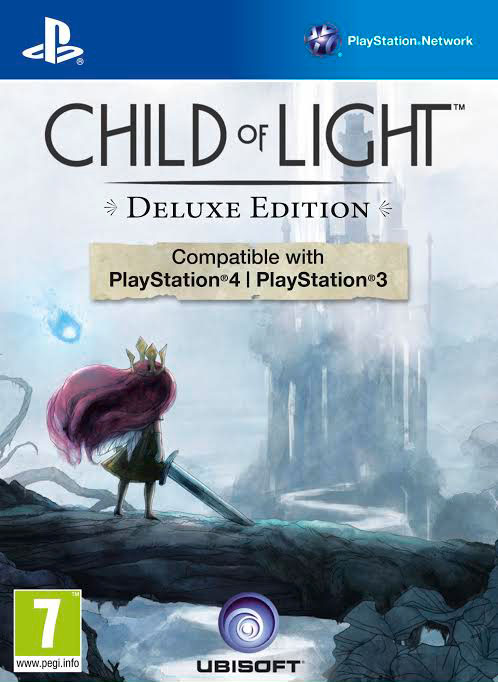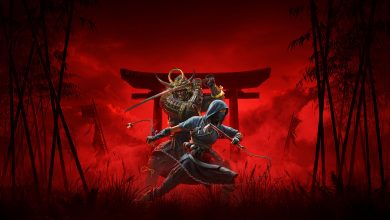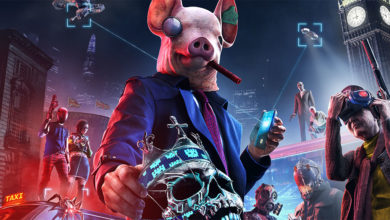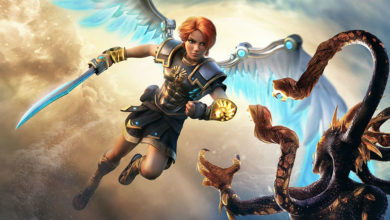You have to hand it to guys behind Child of Light. You really do.
No, I’m not referring to the oh-so-drop-dead-gorgeous visuals courtesy the UbiArt Framework engine that made its debut with 2011’s stellar Rayman Origins. And no, I’m not referring to the epic soundtrack or the brilliant combat system. Far from it. Rather, it’s the adherence to dialogue. To ensure every single piece of text (yes, this game has you reading, dudebros, feel free to leave right about now) reads like a piece of prose.
Except for a character or two’s attempts at comedic effect, all of it rhymes. Some call it a force-fit, others feel it is annoying, and the majority will skim through it in an attempt to get to the combat or see what happens next in terms of variety in locales. To put so much effort into something that’s taken for granted is a bit sad, but tremendous all the same.
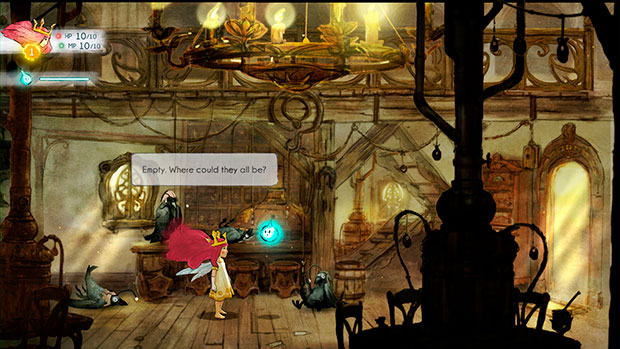
The entire game is meant to be a narrative poem, but more often than not, it felt as if everyone in the game is in on a gigantic prank.
Granted, it serves a bigger purpose, what with the entire game meant to be a narrative poem, but more often than not, it felt as if everyone in the game is in on a gigantic prank. That just adds another layer to it all, one of comedy, which is sorely lacking in most RPGs that don’t have the words “South” and “Park” in them. It balances out what is a dire tale about Arora, a princess who falls sick and, in her comatose state, finds herself in the magical kingdom of Lemuria. Aching to return home, she must put the light back in the sky first, what with the stars, moon and the sun appropriated by the mysterious, yet aptly named, Queen of the Night.
Along the way, you’ll meet a slew of characters that will join you in your quest. From circus jesters who can’t rhyme too well to entrepreneurial mice with a penchant for archery, there is a host of them to choose from in battle. And choose you will, because battles will pit two of your party versus a maximum of three in combat that resembles your standard JRPG fare with a twist or two.
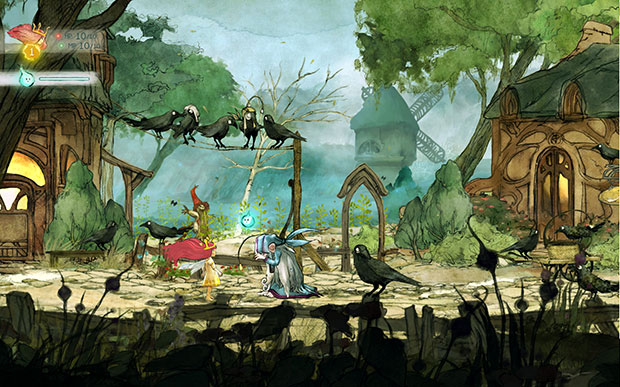
You will find yourself using spells and items to boost your attack speed, paralyse monsters, and such with regular frequency.
You see, each action in combat has a set amount of time needed before it can be performed. Healing and defence take the shortest time, as do specific combat skills of certain party members. There’s an action bar filled with your character icons as well as those of your foes. Reaching the end of it allows for an action to be taken. However, if you manage to land a hit on your enemy before it reaches the end of the bar, it would be interrupted and be unable to land its attack. The same applies for your actions; they stand to be cancelled out if an opponent manages to land a hit before you can.
What this means is a well-timed, fast, low-damage hit can stave off slow-to-cast high damage attack. Also welcome is the fact that status ailments are super important and they always work. You will find yourself using spells and items to boost your attack speed, paralyse monsters, and such with regular frequency. A lot of times, even in non-boss encounters, it’s the difference between life and death.
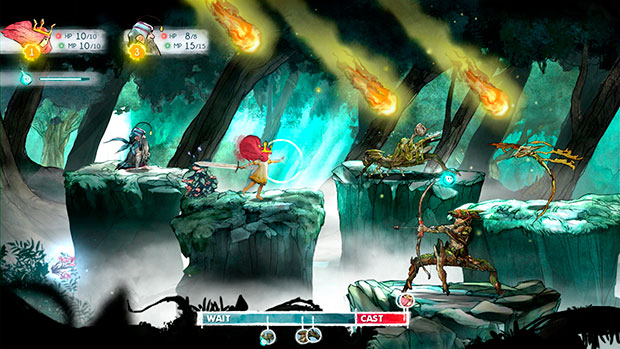
You can easily pace through most of the game without a care in the world. It’s rather simple on Normal.
Having said that, the combat has enough strategy to keep you on your toes till the very end. Oh, and on the topic of endings, Child of Light clocks in at around 11 to 12 hours. Not too bad for a game that’s around Rs 900 to Rs 1,000, depending on which platform.
However, it isn’t without its grouses. For one, you can easily pace through most of the game without a care in the world. It’s rather simple on Normal. RPG fans would be best served starting the game on the Hard difficulty setting. Not only would it give you more of a challenge, but also force you to explore the game’s awesome (but poorly unexplained) crafting system, which allows you to set elemental attacks, alter HP, or simply get a head-start in battle with enhanced speed by combining gems of different colours. On Normal mode, you won’t even bother with it until the game’s final few chapters; tragic given how good it is.
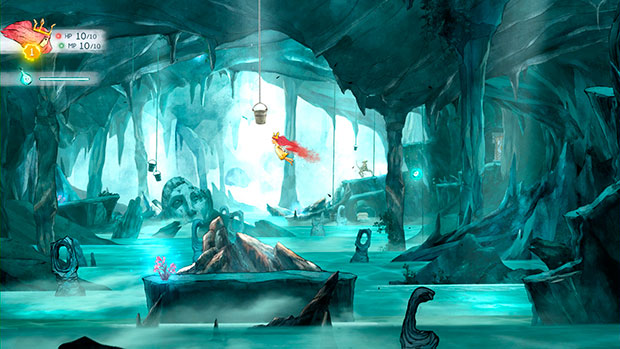
The difference between obtaining cool, new upgrades and boring necessities is far too long to make the skill tree feel like fun to use.
Plus, the game’s upgrade system is fairly bloated. After battle, every party member gains experience regardless of them taking part in combat. Although this is a neat feature, what’s the point if you’re going to find yourself upgrading your characters for a +1 of HP or MP most of the time! The difference between obtaining cool, new upgrades and boring necessities is far too long to make the skill tree feel like fun to use. And that’s no surprise given how it bears a remarkable similarity to Far Cry 3.
Barring a few issues with pacing and difficulty, Child of Light is a fantastic adventure that’s worth your time and energy. Even more so if you’re a fan of rhyming, like the one in the sentence prior is trying.
